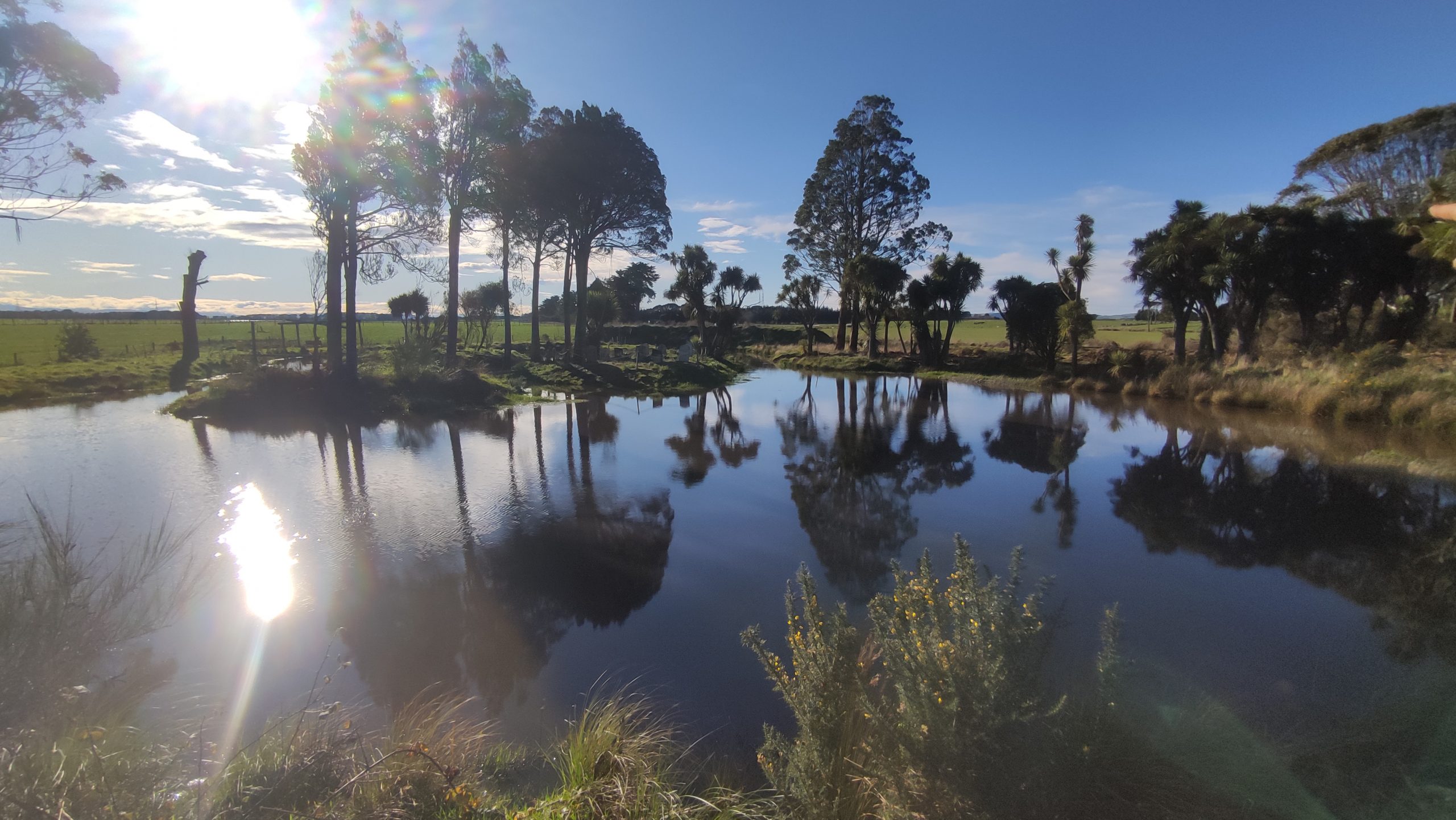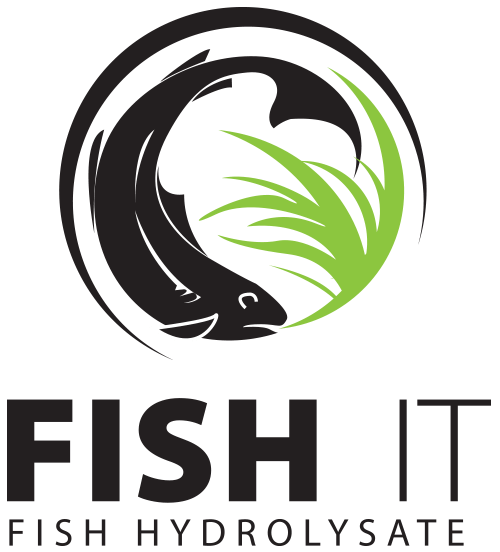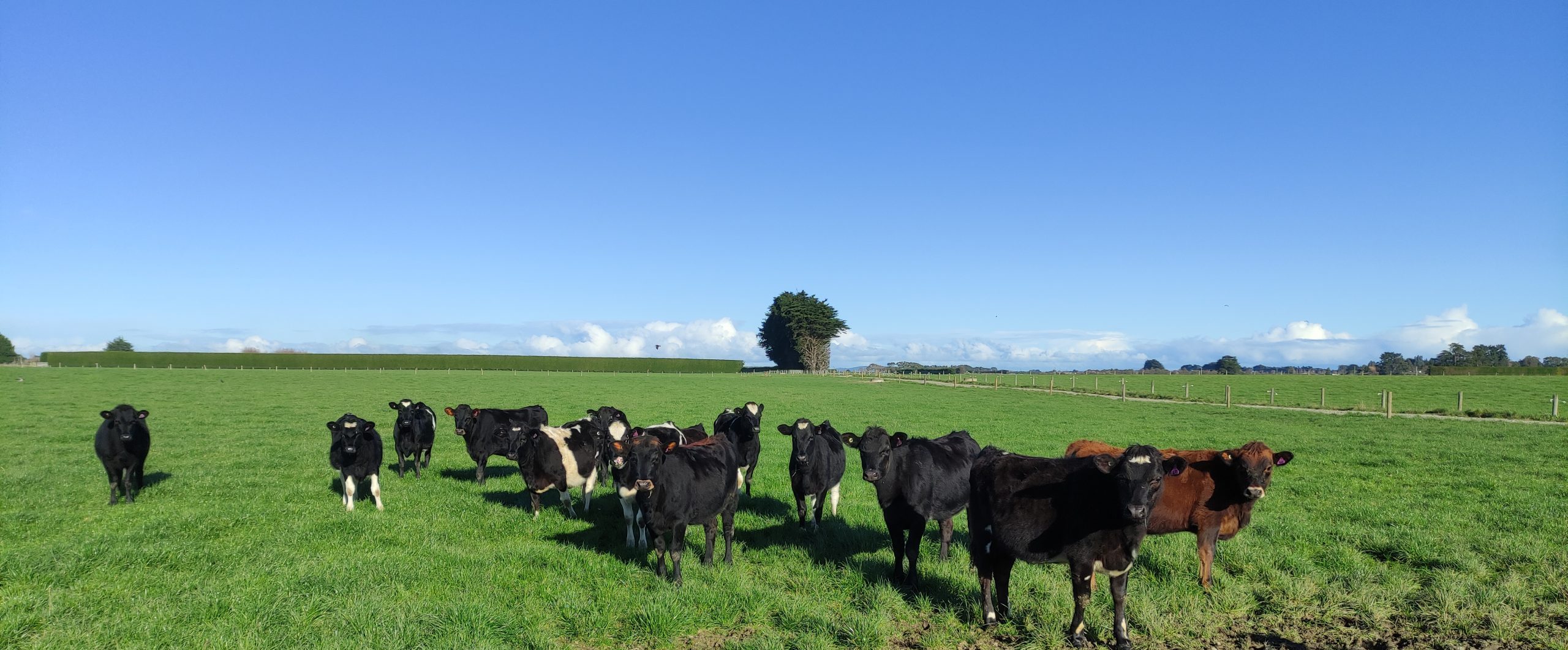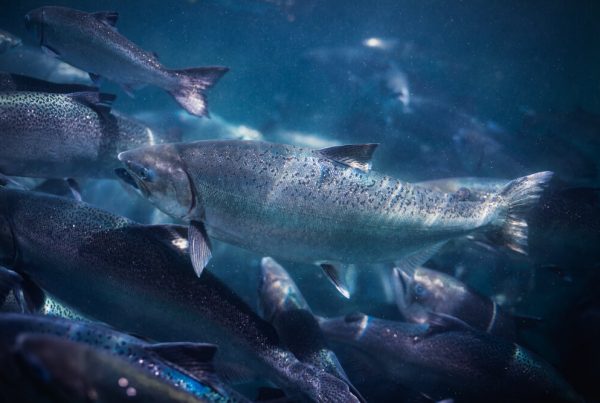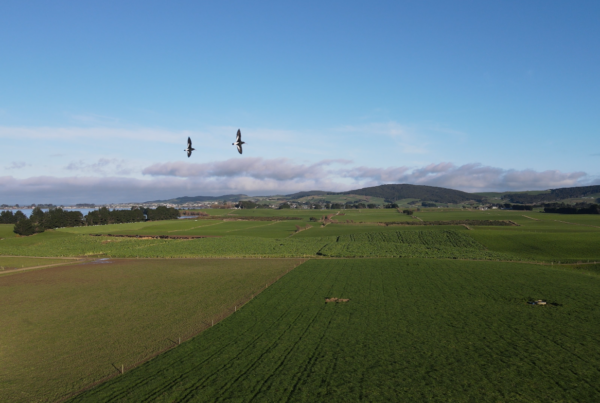Southland farmer Chris Pyper has teamed up with Fish IT to embark on a three-year trial programme to assess the impact of a more sustainable, more cost-effective land management practices by incorporating Fish IT across three separate platforms: a 42 hectare cut and carry block where the primary interest is in dry matter growth; a 150 hectare home block that is used to rear 200 R1’s and 200 R2’s in preparation for the 300 hectare milking platform – the Aerodrome of which we will be trialling on 50% of that block. We’ll commence the trial this coming spring.
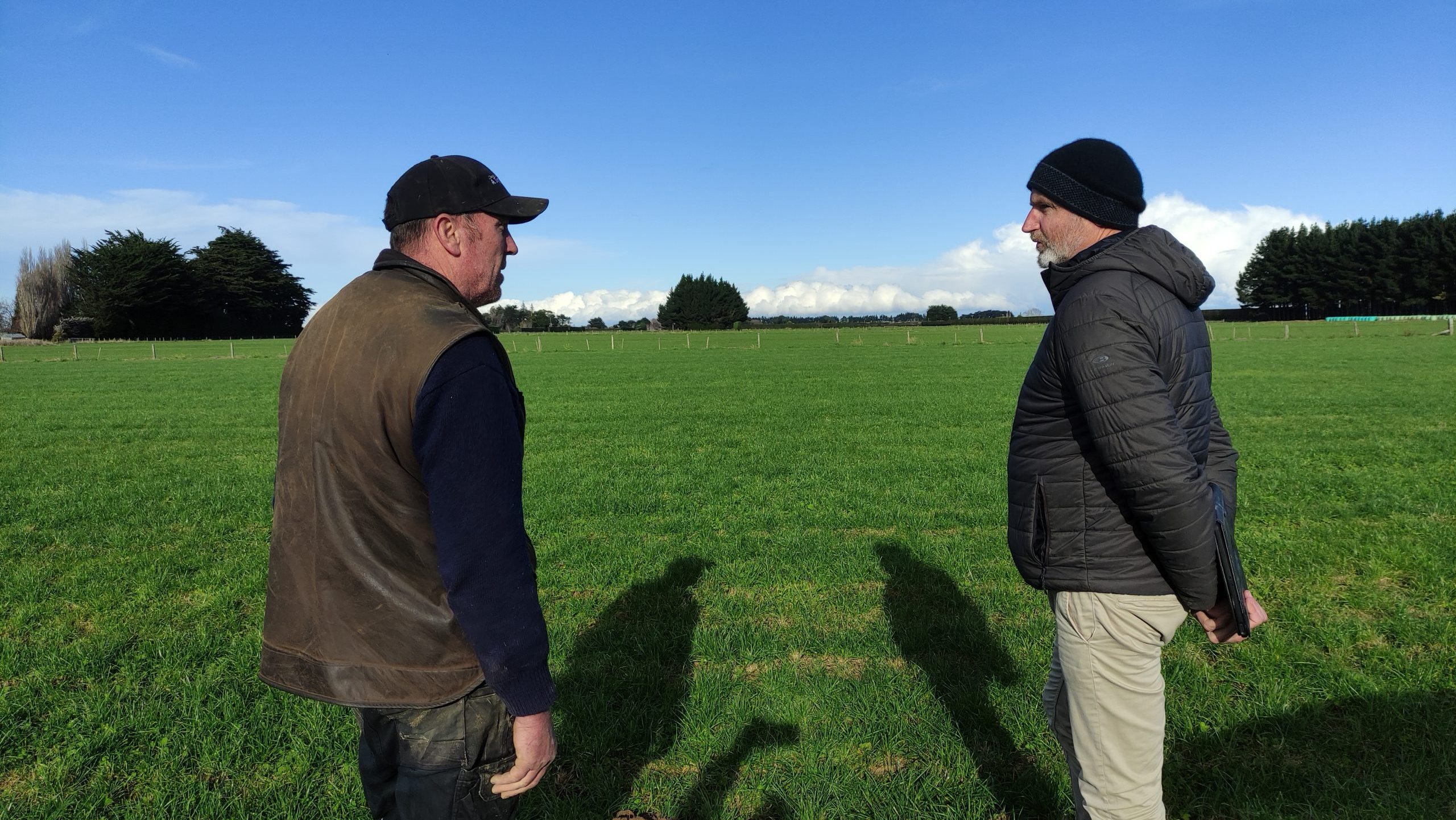
Chris isn’t new to Fish IT, he has been using it with great success on parts of his farm for the past few seasons although he had a bit of work to do aerating his pastures to get them started. The Aerodrome block had been used to grow spuds and carrots for several years prior to its dairy use today. The soil was rock hard and depleted creating some mighty tough paddocks. Chris worked his James aerator followed by a Groundhog into the soils followed by varying rounds of Fish IT to get some improvement into the soil. And it is working.
We recently spent a few hours with Chris, visiting the trial sites and digging holes. In our view, Chris’ father, Nelson, has the right approach by looking at the soil beneath one’s feet. Chris says “I was brought up understanding the importance of using a spade. And that’s my old man, he loves digging holes.” Chris continues “That first round when we started here at the home block, we averaged one to two worms per spade dig in the seven paddocks that I dug. Now we’re sitting at almost probably eight. That’s within about eight months.” That’s a great sign that the biology is starting to work its magic.
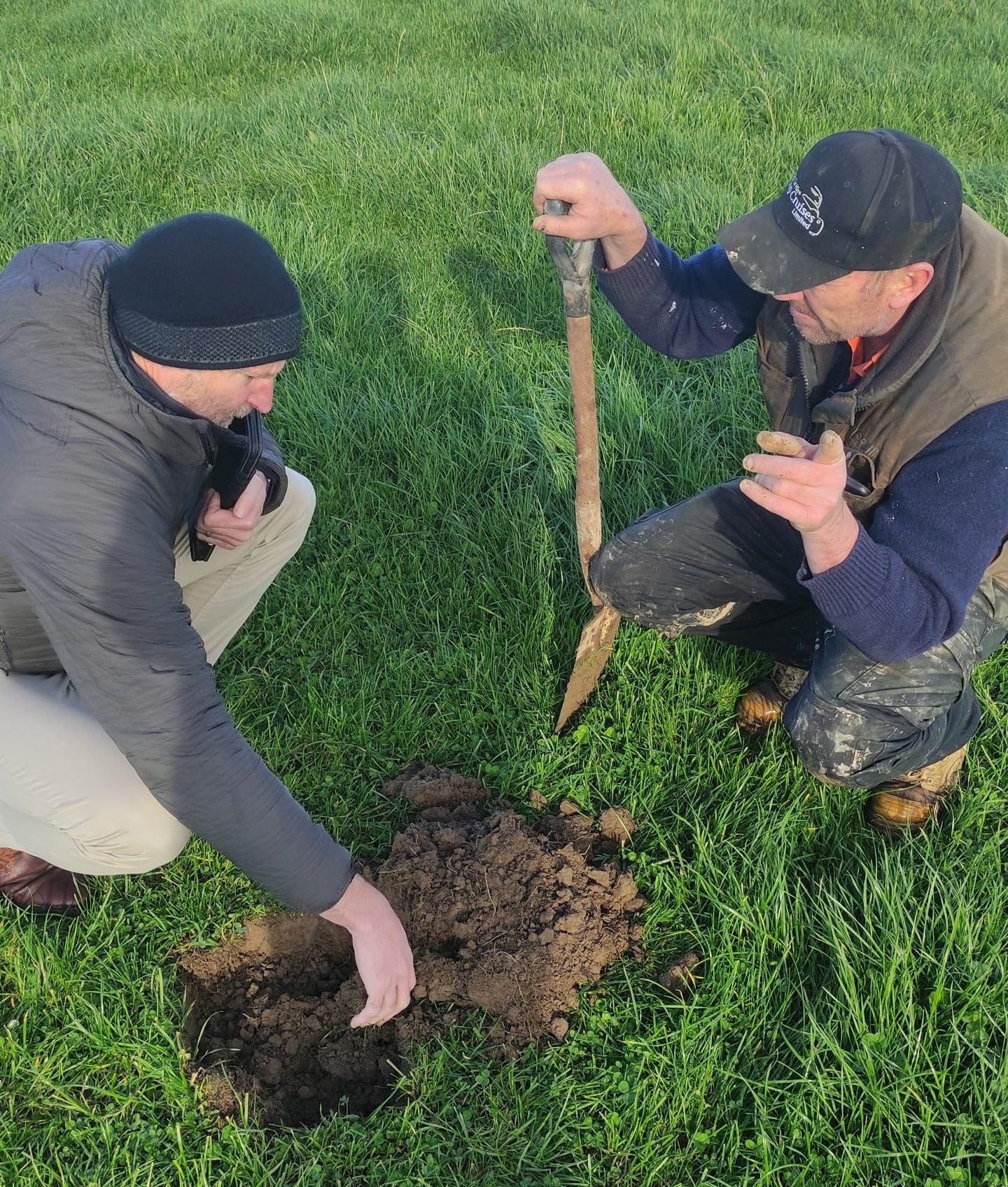
When it comes to grass, Chris was amazed at the undergrowth that kicked in when he started using Fish IT. Chris says “Usually after a few days in a paddock, the mobs will chase you to the gate saying ‘I want out’ when there is still plenty of grass left.” This year, after applying Fish IT, Chris continues “I’d have to open the gate and say ‘What are you doing ladies?’ and they’d be like ‘No, we’re not ready’”.
Chris likes his roast analogy when talking about nutrient management “It’s a roast dinner” he says. “Fish IT is my peas, I still have my ‘nuts and bolts’ meat and I season with urea which is like my salt – used sparingly and required to give the roast an overall balance”. To this end, every paddock gets its own unique treatment that is determined by the paddock’s annual soil test result and the turning of a sod.
A common theme across the agri-sector, inflation has hit hard this year. Even on a 150 hectare block, Chris knows that between fuel and fertiliser alone they have seen a hefty price increase on the prior year. It’s time to adapt and the learning from this trial will set up the Pypers and those tuned into the outcomes well for more productive, profitable, sustainable farming.
In the next article in the series on the Pyper Farm Trial we will take a closer look at the approach we will be taking for the trial: the methodology, the measurements, and the timing.
One thing is certain. Chris has a primo spot for a field day when we’re ready to do so. Take a look at the view from the hut looking out across his man-made, or should we say Chris-made, lake! Stay tuned.
